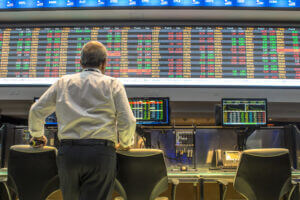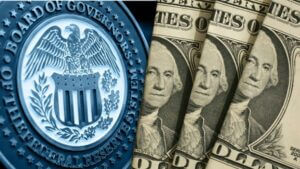On Monday, Chicago Mercantile Exchange cattle contracts hit new highs due to weaker supplies and ongoing bidding wars boosting cash prices.
Live cattle futures for April delivery rose by 0.63% to $175.85 a pound on April 17’s Asian afternoon session.
Tight US cattle inventories have been surging prices for weeks. As a result, producers gamble on big profits by putting more animals on pasture this spring, according to traders.
Moreover, cash market rallies are anticipated to resume, as said by analysts. In the Oklahoma City area, higher demand gave way to the market as prices for the commodity rose.
For experts, it is a sign that consumers think about the need to begin rebuilding herds despite high feed prices.
According to the US Department of Agriculture estimates, cattle beef production lowered. It stood at 502.80 million pounds for the week ending April 15, lower by 5.00% than the previous year.
Additionally, all classes will benefit from smaller supplies, lower feed grain prices, and better feeder margins. Improved replacement breeding females will remain in demand, helping buyer competition and declining the number of available heifers.
In the near term, markets expect higher cattle prices as current feedlots look to fill up pens in the summer. Also, grass operations anticipate to stock pastures.
Spring Demand for Cattle Goes Up
Since spring weather approaches, snow melts, causing the assurance of green grass to lead buyers into cattle sales. Despite struggles with negative margins in sales, robust technical markets and lower feed costs push positive margins on the outputs.
Furthermore, profit potentials and smaller numbers from a plunging Canadian cow herd boosted competition. Also, it supported the product’s prices.
Besides, most cattle on the feed have possibly been marketed already, which would tighten supply by summer.
On the other hand, the non-fed market should gain advantages in the following month as fed prices stay up. Consumers expect costs to remain steady or higher in the second quarter of 2023.











